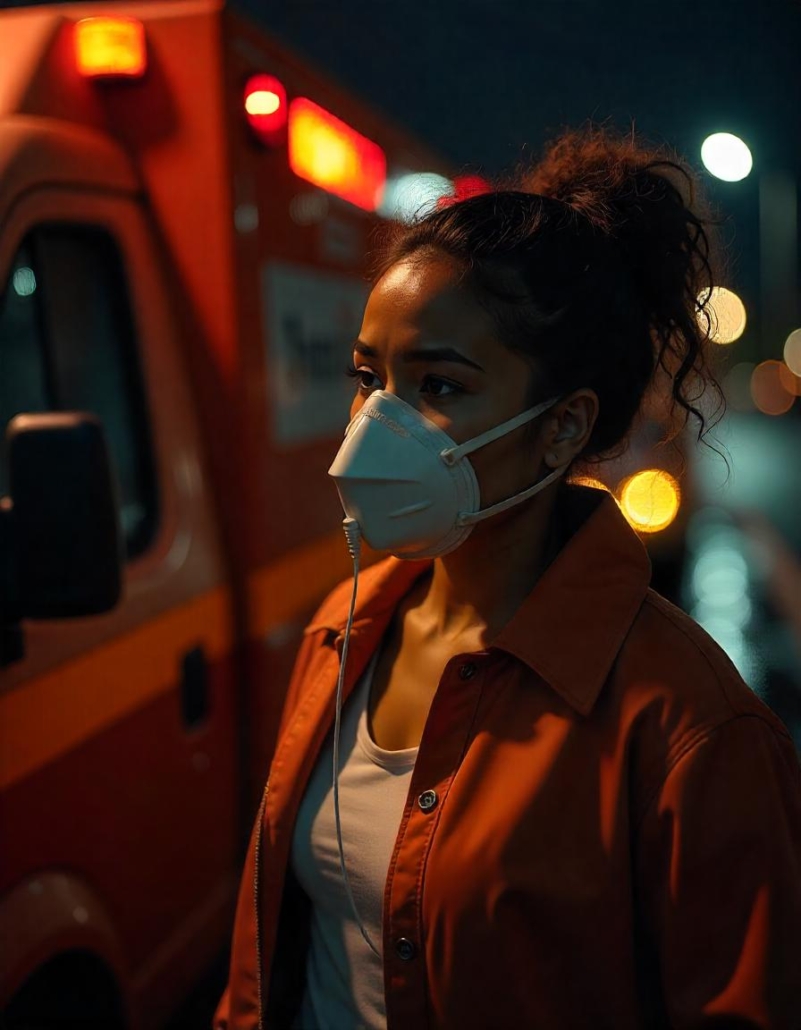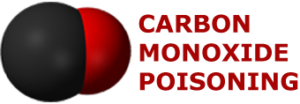IF YOUR CARBON MONOXIDE ALARM IS GOING OFF – GET OUT

What to do if your carbon monoxide alarm is going off? Evacuate and then call 911. OTHERWISE YOU MIGHT DIE BEFORE RESCUE.
Understanding Why a Carbon Monoxide Alarm Goes Off.
The above advice must always be followed. Evacuate before you call 911 if your alarm is going off. The balance of this page is written to help the reader understand the significance of an alarm that might have gone off in the past or in might in the future.
For both a medical diagnosis and a forensic matter of proof, some additional preliminary discussion is needed to discuss how it is determined there was a poisoning. Obviously, if the ineffective Carbon Monoxide alarm goes off, there should be a presumption of a potentially disabling carbon monoxide poisoning.
While the collective sense of the internet on what to do if an alarm goes off is improving, as recently as 2018, Google’s answer as to what to do if a carbon monoxide alarm is beeping included opening windows and doors and turning off all gas appliance. I was shocked to discover repeated references to airing the house out. [1]
I have two rules for an event where the alarms go off.
- First leave the environment (the house, office or hotel) immediately.
- Then call 911. https://www.youtube.com/watch?v=uwDTseZPgic
Don’t call 911 from inside the house. For the same reason that the flight attendants tell you to put your mask on before helping others, call 911 after you leave the toxic air space. If you pause to call or open windows and doors, you may lose consciousness before you get to step two.
Don’t assume the batteries are dead. A disturbing number of people do something almost as bad as failing to evacuate. The first thing they do is replace the batteries in their CO alarms. As they don’t see or smell anything, they assume that the alarm went off because the battery was defective. But CARBON MONOXIDE IS INVISIBLE AND ODORLESS so it is unlikely that there would be a visible or noxious warning.
This mistake could be deadly. Removing the batteries not only shuts off the alarm, but it also resets the time for the alarm to go off, resetting the sensor as it would if the level dropped below the alarming threshold. See our page on the effectiveness of alarms for more info. But, unlike the situation in our above discussed scenario where the levels were fluctuating, in the remove the battery scenario, levels may actually be escalating. Levels of 1,000 ppm might still require up to 15 additional minutes for the alarm to go off again.
If 911 is called, the EMTs must assume that everyone inside was poisoned and transport all occupants to the hospital. Additionally, EMTs should not go inside unless they have self-contained breathing apparatus, “SCBA”. Over and over, EMTs are poisoned at the scene.[2] This is especially probable if there was an internal combustion engine indoors, such as what too often occurs after storm related power outages. Another common situation where generators are used indoors is when the power company disconnects someone’s electricity.
As it is important for diagnostic, prevention and forensic purposes, the EMTs should also alert either a fire department or utility company to come in and measure the ambient air levels inside and then communicate that level to the ER staff.
NO ONE SHOULD GO BACK INSIDE WITHOUT SCBA EQUIPMENT UNTIL THE ENVIRONMENT HAS BEEN CLEARED OF CO
Those charged with measuring the ambient air levels should do so before windows and doors are opened. Determining ambient air levels after or while airing out the space, minimizes how toxic the environment was when the poisoned individuals got exposed. While that is critically important to the forensic evaluation, it is also important from an acute and long-term diagnostic standpoint. If ER personnel hear levels that were well above 100 ppm, they are far more likely to take the poisoning seriously. If the levels are found to be below the 70 ppm threshold, the poisoning is minimized.
There is so little understanding amongst emergency personnel of the long-term dangers of CO that any minimization of the extent of the poisoning virtually assures that treatment will be nothing more than an oxygen mask until COHb levels come down.
We are aware of a case where the unconscious and intubated CO survivor was found to have a 30% COHb after an hour on oxygen[3]. The ER correctly called the emergency responders to check out the premises when they got the COHb level, but when the fire department checked the ambient CO levels an hour later, the levels were found to be nominal.[4] As a result, the ER doctors failed to properly diagnose carbon monoxide as the cause of the severe respiratory, cardiac and neurological changes in the patient and treated him for other etiologies for 10 days. Almost worse is that the other occupant of the apartment was not mandated to come to the hospital. Four days later, she was complaining of stroke symptoms. She, too, was misdiagnosed, because her COHb levels were normal. Of course they would have been–it was four days after the furnace was red-tagged and shut off.
The treatment someone receives in the ER does make a difference. Medical interventions are needed, both emergently and ongoing. Hyperbaric oxygen treatment should be given to all survivors of carbon monoxide poisoning. Further, the risk factors of long-term problems need to be addressed. The recovery from CO poisoning is much more complicated than getting blood oxygen levels up.
Next Carbon Monoxide Diagnosis and Treatment in the ER
[1] Search done 10.4.18. In 2024, First Alert has a paid search result box that tells you to get out. Thank you First Alert.
[2] See the recent case in Detroit, where three EMT’s had to be treated for CO after rescuing a family. https://carbonmonoxide.com/2018/09/detroit-carbon-monoxide-poisoning-hospitalizes-eight.html
[3] A careful reconstruction of the COHb level at the time of evacuation from the contaminated environment showed a level as high as 55%. 55% is often a fatal level, which is probably why the patient had a heart attack.
[4] Keep in mind that the furnace was shut off and the windows opened, for what now was a period of two hours.
